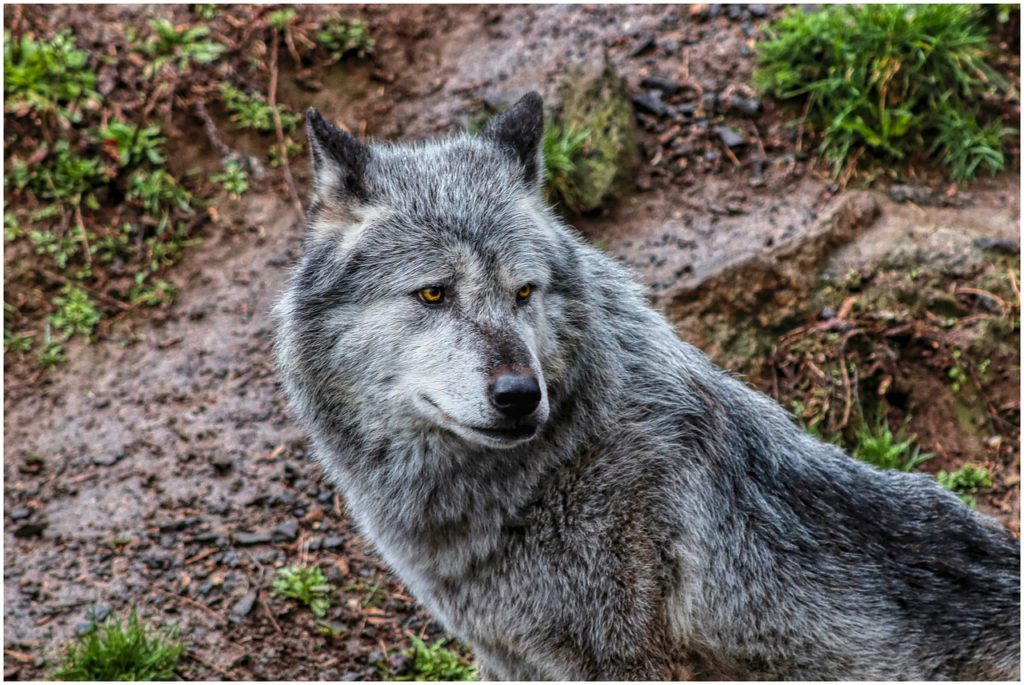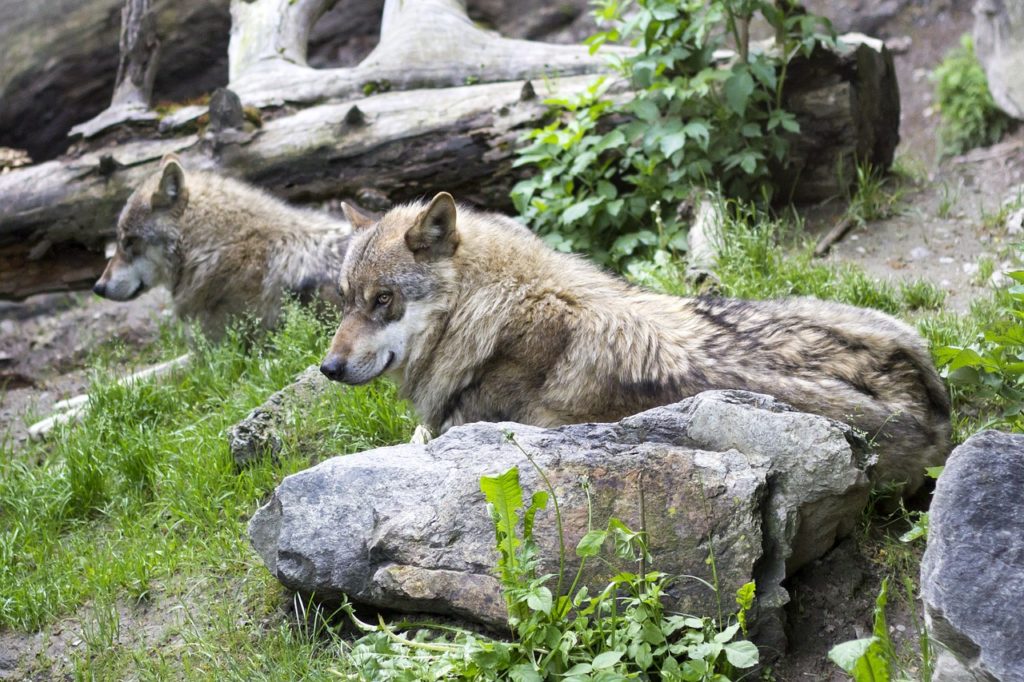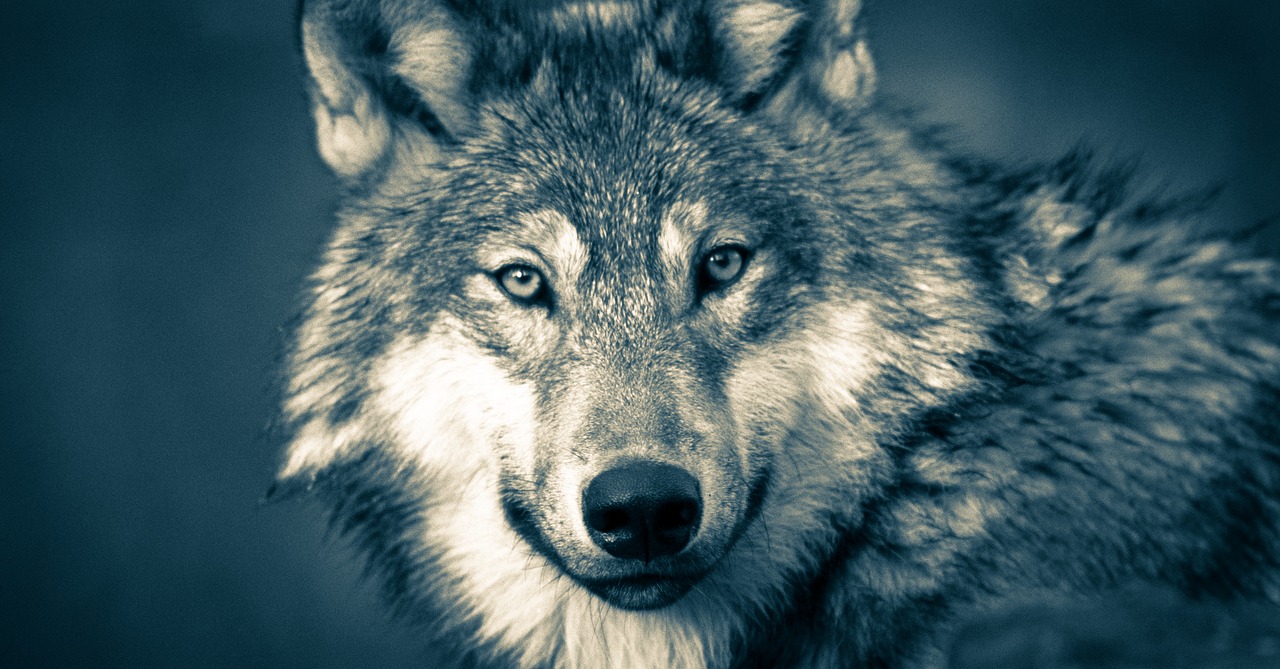Trump administration officials announced in March 2019 that the U.S. Fish and Wildlife Service would consider whether to end the grey wolf’s status as a species receiving protection under the 1973 Endangered Species Act. By doing so, the administration would transfer decisions on these animals’ status and level of protection from the federal government to individual states and Native tribes. A decision is expected to be handed down in March 2020.
While a number of farmers and ranch owners point to the grey wolf’s relative newfound abundance as a threat to land and livestock, the Center for Biological Diversity points out that the decision could roll back its achievement in restoring a species that was decades in the making. Here are the basics:
Timely legislation saves the grey wolf
The Endangered Species Act (ESA) of 1973, which is popular with a broad cross-section of Americans, is among the most successful pieces of legislation ever to pass Congress. Over the course of more than four decades since it took effect, the Act has led to the conservation of almost all the species—including the grey wolf—that it has endeavored to save from extinction.
By the 1940s, humans were responsible for the near-eradication of the grey wolf that once roamed over much of the western and mid-western parts of the United States. Since the species was added to the ESA’s list in 1978, it has returned from the brink of extinction and is considered a success story by conservationists.

Continued protection needed
The Center for Biological Diversity and numerous other experts emphasize that it was only comparatively recently that the grey wolf recovered its numbers in parts of the Lower 48 states. The Trump administration’s proposal to dismantle protection for the species would remove any remaining chance that the grey wolf had of being able to recover in other, more problematic regions.
A vital part of multiple ecosystems
Without wolves as part of the ecosystem, researchers point out, there will be a number of problems.
For example, wolves are natural predators of the elk and deer that are abundant in regions such as Rocky Mountain National Park. Without wolves to serve as an organic means of curbing their numbers, elk and deer populations consume the native vegetation all the way “down to the ground,” as scientists put it.
Without their major predators—wolves—to spur them to keep their populations on the move, animals such as deer and elk can become sedentary. This in turn results in the decimation of vegetation and increased erosion of local bodies of water, as well as the deregulation of other animal habitats.
Additionally, since they prey on weaker members of animal herds, wolves help to contain the spread of disease.
An underappreciated animal
The grey wolf is impressive, being the largest canid species on earth. The grey wolves’ fur actually has a range of colors, from deep black to grizzled grey tones to completely white. Grey wolves are also extremely intelligent and social animals. They form monogamous pairs and loyal kinship groups.
Just as humans and other higher animals do, wolves display distinct personalities. However, its genuine personality is often be obscured by the behavior expected of it in a social group.
Researchers who have devoted extensive time to studying wolves have noted their natural friendliness. After all, they are related to dogs. Adult wolves demonstrate friendly behavior toward their peers and pups. Pups show that they miss their adult caregivers when they are away, and it has become abundantly evident that wolves in a pack develop a sophisticated web of emotional and familial attachment.
Yet humans throughout the world—for much of recorded history—have feared and even hated wolves. The species’ reputation for violent behavior toward humans and domestic animals is accurate, and many experts say that it is exaggerated. Additionally, over the centuries, extensive bodies of folklore—think Little Red Riding Hood and the many legends of werewolves—have focused far more attention on the negative aspects of wolves than on their innate intelligence and social qualities.

Current statistics
While grey wolves were hunted close to extinction in much of the mainland United States, due to the ESA and other conservation efforts they have recently made a comeback in the Pacific Northwest region, around the Great Lakes, and in the northerly parts of the Rocky Mountains.
According to the Wolf Conservation Center, about 4,200 grey wolves inhabit the Great Lakes region today, with about 1,700 in the Rocky Mountains, a few hundred in the Pacific Northwest, and slightly more than 100 in the Southwest. On the other hand, Alaska has seen its wolf populations less threatened by human depredation. The state is estimated to be home to as many as 11,000 grey wolves.
A choice for Colorado
In 1945, the last grey wolf known to be native to the state of Colorado was killed. When humans moved to rid Colorado of grey wolves, they were influenced by decades of government efforts on behalf of the vocal livestock industry. Formerly a “keystone” animal in the state, the grey wolf became almost extinct there, as elsewhere.
But now, Coloradans may have a chance to redress the balance. On the state’s 2020 general election ballot, they will be able to vote on an initiative to restore grey wolves to the region. Experts say that the measure is likely the first time ever that voters in the U. S. will have decided on whether to reintroduce the species. If passed, it would require the state Parks and Wildlife Commission to establish a strategy for the reintroduction of grey wolves on land set aside for this purpose by the close of the year 2023.

